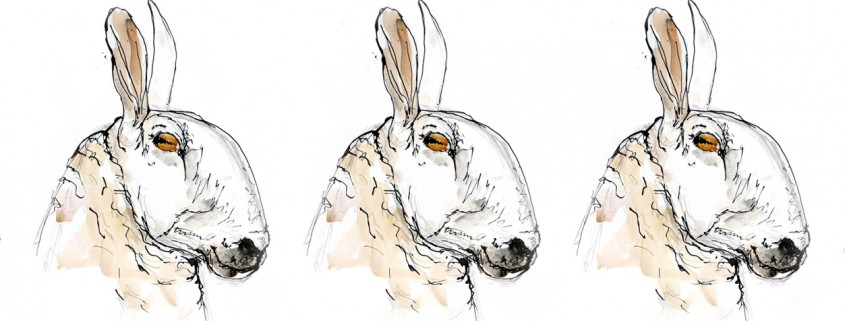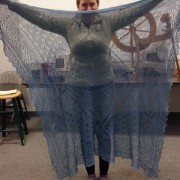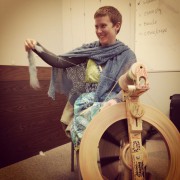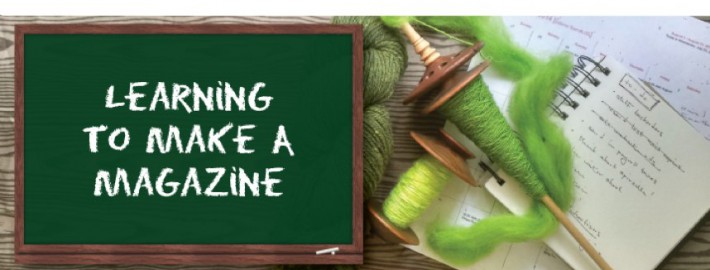Ideas and proposals
I’m in New Mexico. I’m not supposed to be here, but here I am. I had a fantastic weekend with the Las Aranas guild, spinning and braving the snow and ice covered roads (in New Mexico!). While I was here I received the most amazing indigo-dyed gossamer shawl I’ve ever had the luck to fold in half and drape around my shoulders. Knit by mara bishop statnekov, I can’t take it off. Ever. As kind as it is beautiful.
I was supposed to be home early this morning. I was supposed to leave tomorrow morning for Iceland, with a 3 hour layover in Denver. Instead, and due to the ice here in NM and in TX, I’m meeting Levi and O (my 8-year old daughter) in Denver tomorrow and then off to Iceland. It’s all going to be fine. It is. I know it.
- me holding the shawl up. Notice how huge and light and see-through it is. Stunning!
- me, teaching longdraw while the shawl keeps me toasty. Also, wearing the apron Bernadette made me! I’m so lucky!
And Iceland is going to be fantastic. I can hardly wait. I’m teaching for 2 days, giving a talk at the art school, and touring for 5 days. While I’m there, the Leicester issue will be winging it’s way to you. You’re going to love it, I think. I love it. I know I always say that, but I do.
But while I’m captured by ice in New Mexico, I’d like to talk about something.
Years ago, I used to hear a few people grumble with frustration that they’d propose article ideas to Spin Off and then later they’d see their article idea in the magazine but written by somebody else. They would say that it wasn’t fair or nice that the magazine would take their proposal and get somebody else to write it. Of course, I thought that wasn’t fair or nice too. Who wouldn’t? It’s only now that I realize that was probably not at all what was really happening.
I say this because I have some personal experience with this very thing. Every issue I get (thankfully) lots and lots of proposals. Sometimes over 200. It’s wonderful and the reason the magazine is so great. However, out of those 200 proposals, there might be 100 that are actually different. What I mean is that the same general proposal will come in from 5 or 6 people. It won’t be exact, of course, but it’ll be the same in spirit. And so if it’s an article that enriches the issue, that makes it big and round and awesome, I’ll ask one of the authors that proposed it, to write it.
What that means is that several other people will later see the article in the magazine. It will look like the article they proposed, and it is, but it’s also the article the author of the article proposed.
Spinning is an old craft. Spinners are brilliant. It makes sense that several of us come up with the same ideas about a particular topic, right?
So, just in case you were wondering, and because I hate the idea of people going around feeling sad, or thinking that we don’t like them, or even that we’re not nice or fair, let me assure you, we don’t ever take one person’s idea and ask another person to write it. Not ever. I’m pretty sure that Spin Off doesn’t do it either.




